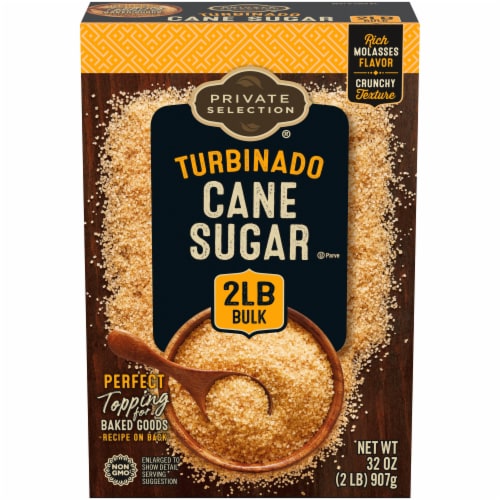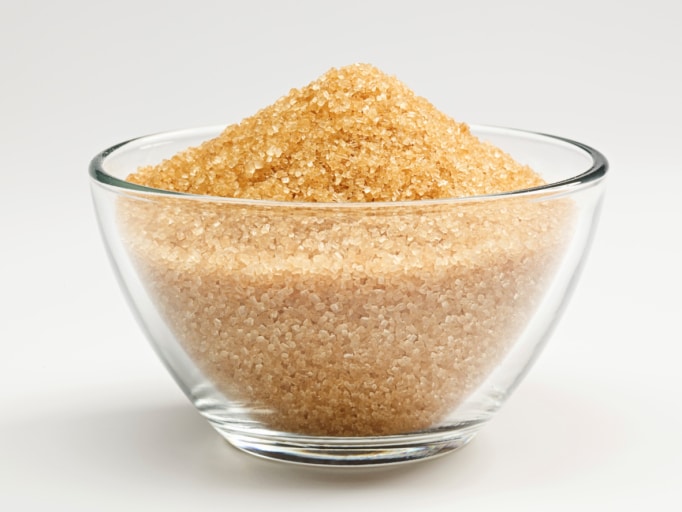Advanced Cane Sugar Processing: Enhancing Effectiveness and Sustainability
Advanced Cane Sugar Processing: Enhancing Effectiveness and Sustainability
Blog Article
Discovering the Comprehensive Steps Entailed in Walking Stick Sugar Handling From Harvesting to Refinement
The process of cane sugar manufacturing incorporates a collection of elaborate steps, starting with the cautious harvesting of sugarcane and finishing in the refinement stages that ensure the last product fulfills industry criteria. Each stage, from the extraction of juice to the filtration and crystallization procedures, plays a crucial function in establishing the top quality and personality of the sugar.
Gathering Sugarcane
Harvesting sugarcane is a critical action in the walking cane sugar handling chain, as it straight affects the high quality and return of the end product. Appropriate timing and techniques are vital during this phase to guarantee optimal sugar content and lessen losses. Commonly, sugarcane is collected when it gets to maturation, normally 12 to 18 months after planting, characterized by a high sucrose concentration.

Post-harvest, the sugarcane needs to be processed promptly to stop sucrose deterioration. Preferably, harvested walking stick must be delivered to refining facilities within 24-hour to protect sugar top quality. For that reason, efficient logistical planning is critical to preserve the honesty of the gathered plant throughout the supply chain.
Extraction Process

The crushed walking stick is subjected to a collection of pressing operations to make the most of juice recuperation. Normally, warm water is sprayed onto the crushed walking stick, creating a countercurrent flow that helps liquify the sugar while likewise helping in the removal process. The juice collected from this operation contains not only sugar yet likewise various organic compounds and impurities.
:max_bytes(150000):strip_icc()/ms-sugar-getty-cfed0662acca49f7b6e52c593767dfb9.jpg)
To boost removal effectiveness, some facilities might use diffusion approaches, where the sugarcane is taken in warm water, allowing the soluble sugars to diffuse into the fluid. The resulting juice, abundant in sucrose, is after that routed to subsequent handling phases, laying the foundation for purification and refinement. The extraction procedure is hence essential in identifying the top quality and yield of the final sugar item.
Purification Strategies
The filtration methods used in cane sugar processing are vital for changing the raw juice into a top quality sugar item. These approaches largely aim to get rid of pollutants, such as dirt, plant materials, and not natural compounds, which can adversely impact the end product's flavor and shade.
This procedure entails including lime and warmth to the raw juice, which helps with the coagulation of pollutants. In addition, the use of phosphoric acid can improve the clarification process by further binding pollutants.
An additional considerable this website strategy is carbonatation, where co2 is introduced to the clarified juice. This reaction produces calcium carbonate, which catches staying impurities and advertises their removal.
Additionally, turned on carbon treatment might be used to adsorb any type of remaining colorants and natural contaminations, making certain a much more polished item. The combination of these techniques properly prepares the sugar juice for succeeding actions in the refining procedure, setting the stage for the production of top notch walking cane sugar.
Formation Approaches
After the filtration stage, the following essential action in walking stick sugar processing involves formation methods, which play a critical duty in changing the cleared up juice into strong sugar. This process generally employs 2 main methods: spontaneous formation and regulated formation.
In spontaneous condensation, supersaturated sugar services are permitted to cool normally, causing the formation of sugar crystals with time. This technique is simpler however may lead to uneven crystal dimensions and lower pureness levels. On the other hand, regulated crystallization is an extra accurate strategy where seeding, temperature level, and concentration agents are diligently handled. This approach enables the uniform development of sugar crystals and higher purity.
During crystallization, the made clear juice is focused through dissipation, boosting its sugar material until it reaches supersaturation. As soon as this point is attained, either method can assist in the crystallization procedure. Cane Sugar Processing. The resultant sugar crystals are after that separated from the continuing to be syrup via centrifugation
Inevitably, the selection of condensation approach impacts the quality, size, and purity of the final sugar product, making this step important in the overall walking stick sugar processing procedure.
Improvement and Product Packaging
Just how can the pureness and quality of cane sugar be even more enhanced after crystallization? The refinement procedure plays an essential function in accomplishing top notch walking cane sugar. Adhering to formation, sugar undertakes a complete cleaning to get rid of contaminations and recurring molasses. This is typically achieved using warm water or heavy steam, which aids liquify and draw out undesirable aspects while preserving the sugar crystals.
Following, the sugar is subjected check it out to a process called centrifugation, where it is spun at high speeds to divide the purified sugar crystals from the remaining liquid. After centrifugation, the sugar is typically additional refined through an approach called carbonization or phosphatation, which utilizes turned on carbon or phosphoric acid to remove shade and off-flavors.
When refined, the sugar is dried out to attain the desired dampness web content, making certain that it continues to be steady during storage and transport. The last action involves product packaging the polished sugar in airtight and moisture-proof containers to maintain its top quality and avoid contamination. Cane Sugar Processing. Correct packaging not just expands life span yet also assists in easy handling and distribution, making certain that consumers get article source sugar that fulfills the highest requirements of purity and top quality
Final Thought
The detailed actions associated with walking cane sugar handling, from the meticulous harvesting of sugarcane to the elaborate refinement and product packaging phases, underscore the significance of each phase in making sure high-quality sugar production. Ideal harvesting techniques, reliable extraction techniques, and rigorous filtration processes jointly add to the end product's purity and stability. The crystallization and succeeding packaging methods additionally improve the stability and rack life of the sugar, highlighting the intricacy and accuracy integral in this important farming market.
The procedure of walking stick sugar manufacturing encompasses a series of elaborate actions, starting with the mindful harvesting of sugarcane and culminating in the improvement phases that guarantee the final item meets industry criteria. Ideally, collected walking cane ought to be transported to refining facilities within 24 hours to maintain sugar high quality.In spontaneous crystallization, supersaturated sugar options are allowed to cool down normally, leading to the development of sugar crystals over time - Cane Sugar Processing. The improvement process plays an essential role in achieving high-quality walking cane sugar.The comprehensive actions involved in walking cane sugar processing, from the precise harvesting of sugarcane to the complex refinement and product packaging stages, underscore the relevance of each stage in guaranteeing high-quality sugar manufacturing
Report this page